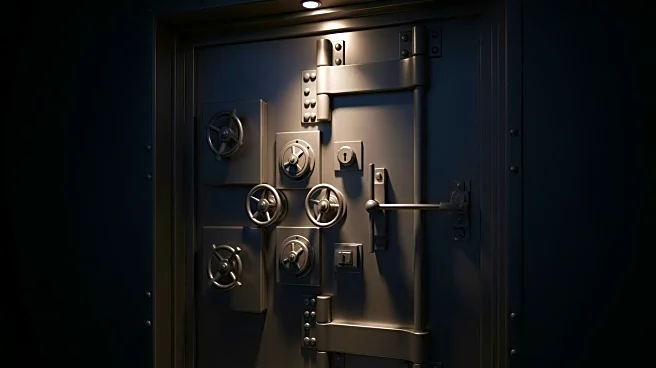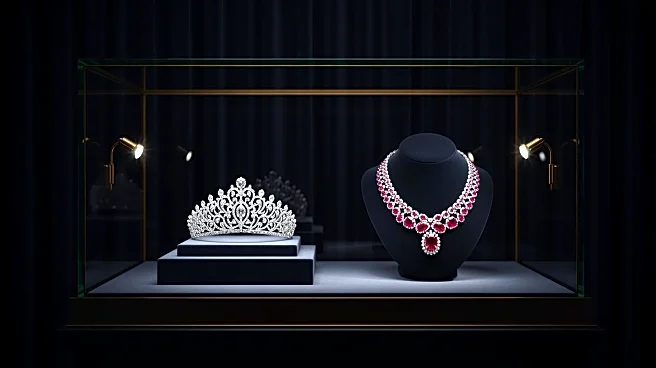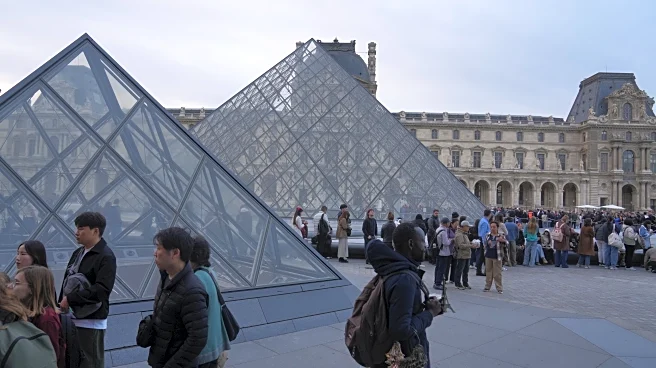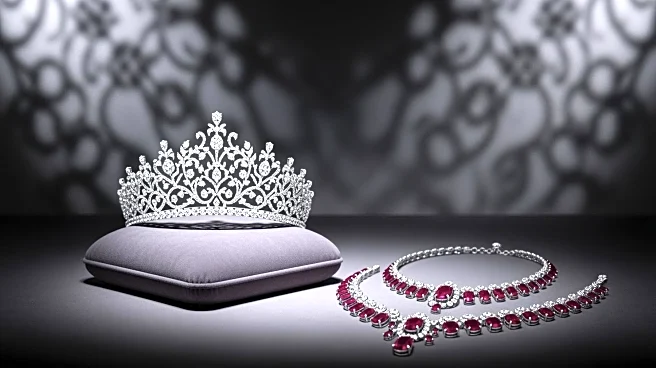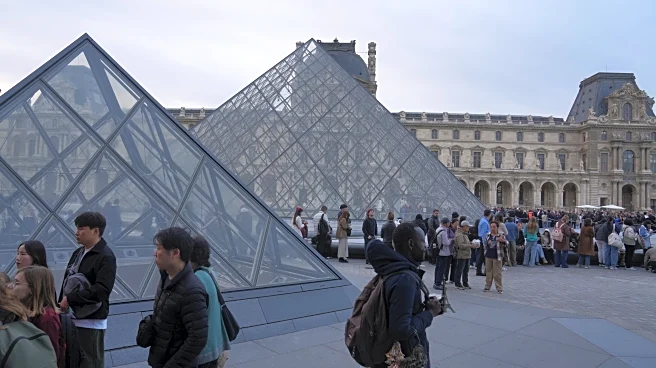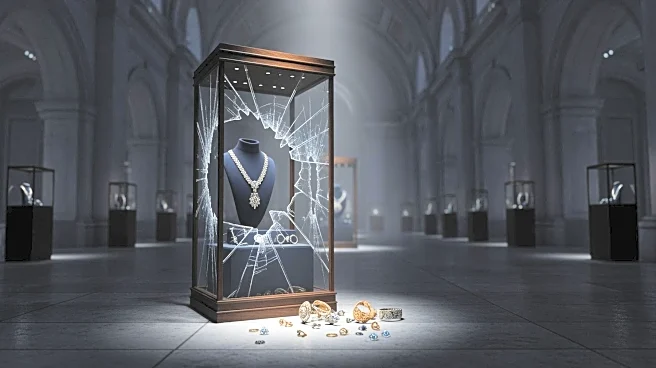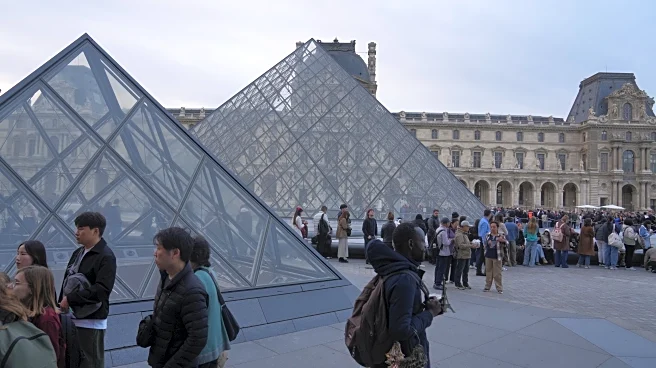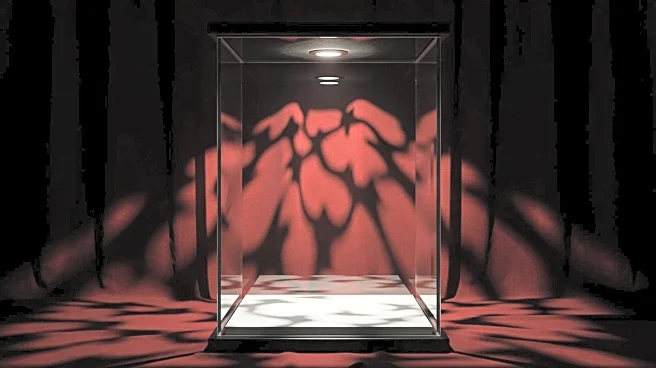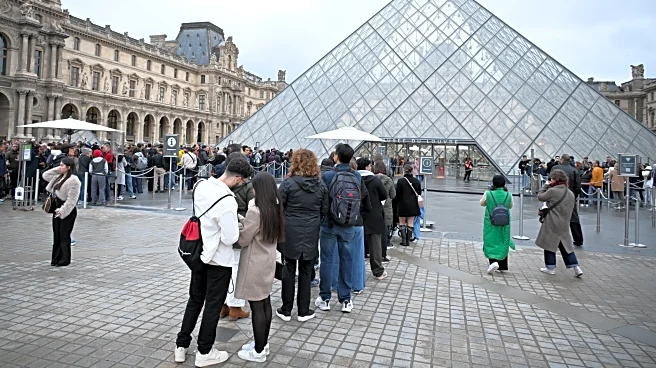What's Happening?
The theft of French crown jewels from the Louvre has sparked discussions among experts about the challenges in recovering such high-profile items. Jewelry historian Marion Fasel and former FBI agent Ronnie
Walker emphasize the difficulty in monetizing these jewels due to their historical significance and craftsmanship. The stolen items include Empress Eugénie's pearl tiara and Marie-Louise's sapphire diadem, which are unlikely to be broken up due to their value and rarity.
Why It's Important?
The theft underscores vulnerabilities in securing cultural heritage and the complexities involved in art crime investigations. It highlights the need for improved security measures in museums and the importance of international cooperation in recovering stolen artifacts. The incident also raises awareness about the black market for stolen art and the challenges in tracing and recovering such items.
What's Next?
Authorities are focusing on offering rewards for information leading to the recovery of the jewels, with hopes that informants may provide leads. The investigation involves multiple law enforcement agencies and private firms, indicating a comprehensive approach to solving the case. The potential for negotiation or ransom offers remains a possibility as experts advise patience in the recovery process.
Beyond the Headlines
The theft raises ethical questions about the motivations behind art crime and the role of collectors in perpetuating such activities. It also highlights the cultural significance of the stolen items, which are not only valuable but also represent historical narratives and identities.
